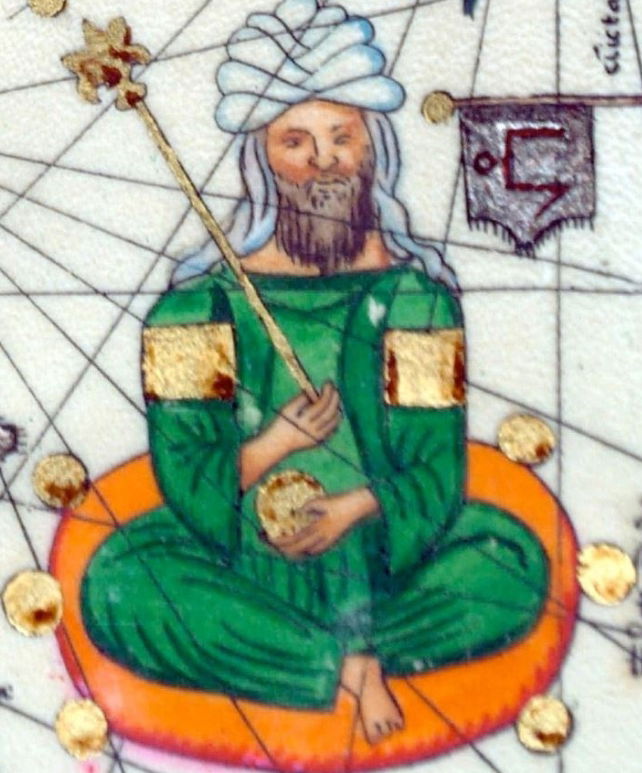The use of bioweapons in history !!


Jani Beg Khan was the Muslim commander of the Mongol army that invaded and besieged the Italian town of Caffa.
The siege failed to succeed as Jani Beg’s army began suffering from a disease. Jani Beg ordered his troops to catapult over the corpses of his infected troops across the walls into the Christian town. Called it “Jihad”. Within days, this led to a huge stench inside the town and inhabitants began suffering from diseases.
The inhabitants fled, taking with them the disease to Sicily and other parts of Europe.
What they introduced into Europe was a plague known as “Black Death” which wiped out 30-60% of Europe’s population. A contemporary witness de Mussis describes the entire episode: He writes: “The Tartars (Mongols) lost interest in the siege. But they ordered corpses to be placed in catapults and lobbed into the city in the hope that the intolerable stench would kill everyone inside. What seemed like mountains of dead were thrown into the city, and the Christians could not hide or flee or escape from them, although they dumped as many of the bodies as they could in the sea. And soon the rotting corpses tainted the air and poisoned the water supply, and the stench was so overwhelming that hardly one in several thousand was in a position to flee the remains of the Tartar army. Moreover one infected man could carry the poison to others, and infect people and places with the disease by look alone. No one knew, or could discover, a means of defense. “…It was as if they had brought evil spirits with them: every city, every settlement, every place was poisoned by the contagious pestilence, and their inhabitants, both men and women, died suddenly. And when one person had contracted the illness, he poisoned his whole family even as he fell and died, so that those preparing to bury his body were seized by death in the same way. Thus death entered through the windows, and as cities and towns were depopulated their inhabitants mourned their dead neighbours.”
Source: Horrox R, ed. The Black Death. Manchester: Manchester University Press; p. 14-26
Credit – Trueindology
DISCLAIMER: The author is solely responsible for the views expressed in this article. The author carries the responsibility for citing and/or licensing of images utilized within the text.
